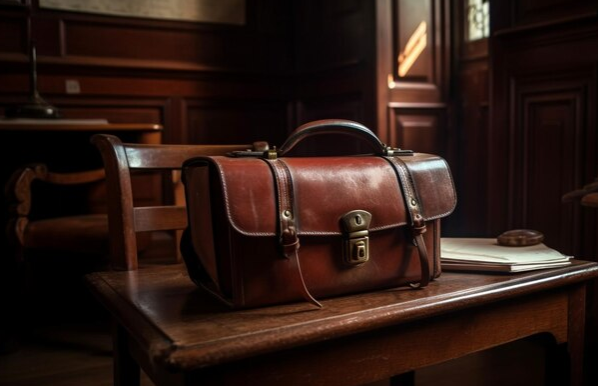Leather bags are timeless fashion accessories that exude elegance and sophistication. Over time, however, these prized possessions can succumb to wear and tear, losing their luster and charm. Rather than relegating your beloved leather bag to the back of the closet, consider embarking on a journey of restoration to breathe new life into it. In this comprehensive guide, we will explore the art of leather bag restoration, providing you with valuable insights and step-by-step instructions to revive your cherished accessory.
Understanding the Basics:
Before delving into the restoration process, it's essential to understand the type of leather your bag is made from. Different leathers require distinct care approaches. Common types include full-grain leather, top-grain leather, and genuine leather. Assess the condition of your bag, taking note of scratches, stains, and overall wear.
Cleaning and Preparing:
The first step in leather bag restoration is thorough cleaning. Use a mild leather cleaner or a solution of water and mild soap to gently wipe away dirt and grime. Be cautious not to saturate the leather, as excessive moisture can damage it. For stubborn stains, consider using specialized leather stain removers or consult a professional for advice.
Once cleaned, allow the bag to air-dry naturally. Avoid exposing it to direct sunlight or heat sources, as this can cause the leather to crack. Once dry, apply a leather conditioner to restore moisture and suppleness to the material. Choose a conditioner that suits your bag's specific leather type for optimal results.
Addressing Scratches and Scuffs:
Scratches and scuffs are inevitable signs of wear, but they can be effectively minimized with the right techniques. For minor scratches, gently rub the affected area with a soft cloth or your fingertips. The natural oils in your skin can help buff out shallow scratches. For deeper scratches, consider using a leather repair kit with color-matching solutions to conceal imperfections seamlessly.
Scuffs can be treated by applying a small amount of leather polish or cream in a circular motion. Match the color of the polish to your bag to achieve a uniform finish. Ensure that the product is specifically designed for leather to avoid any adverse effects.
Color Restoration:
Over time, the color of your leather bag may fade or become uneven. To restore its original vibrancy, invest in a high-quality leather dye or color restorer. Select a shade that closely matches the bag's original color and follow the application instructions carefully. Test the product on a small, inconspicuous area first to ensure compatibility with your bag's leather.
Seam and Hardware Repair:
Inspect the seams and hardware of your leather bag for any signs of damage. Loose stitching or worn-out seams can compromise the bag's structural integrity. Use a strong, waxed thread to carefully re-stitch any loose seams. For hardware issues, such as broken zippers or clasps, consider seeking professional help or replacing the hardware altogether.
Protecting Your Restored Bag:
Once you've completed the restoration process, take proactive measures to protect your revitalized leather bag. Apply a leather protector or waterproofing spray to guard against moisture, stains, and UV rays. Store your bag in a cool, dry place, away from direct sunlight and heat.
Conclusion:
Leather bag restoration is a rewarding endeavor that allows you to preserve the timeless beauty of your cherished accessory. By following these step-by-step guidelines, you can breathe new life into your leather bag and continue enjoying its elegance for years to come. Embrace the art of restoration, and let your favorite leather bag reclaim its status as a stylish and enduring fashion companion.
Top of Form
